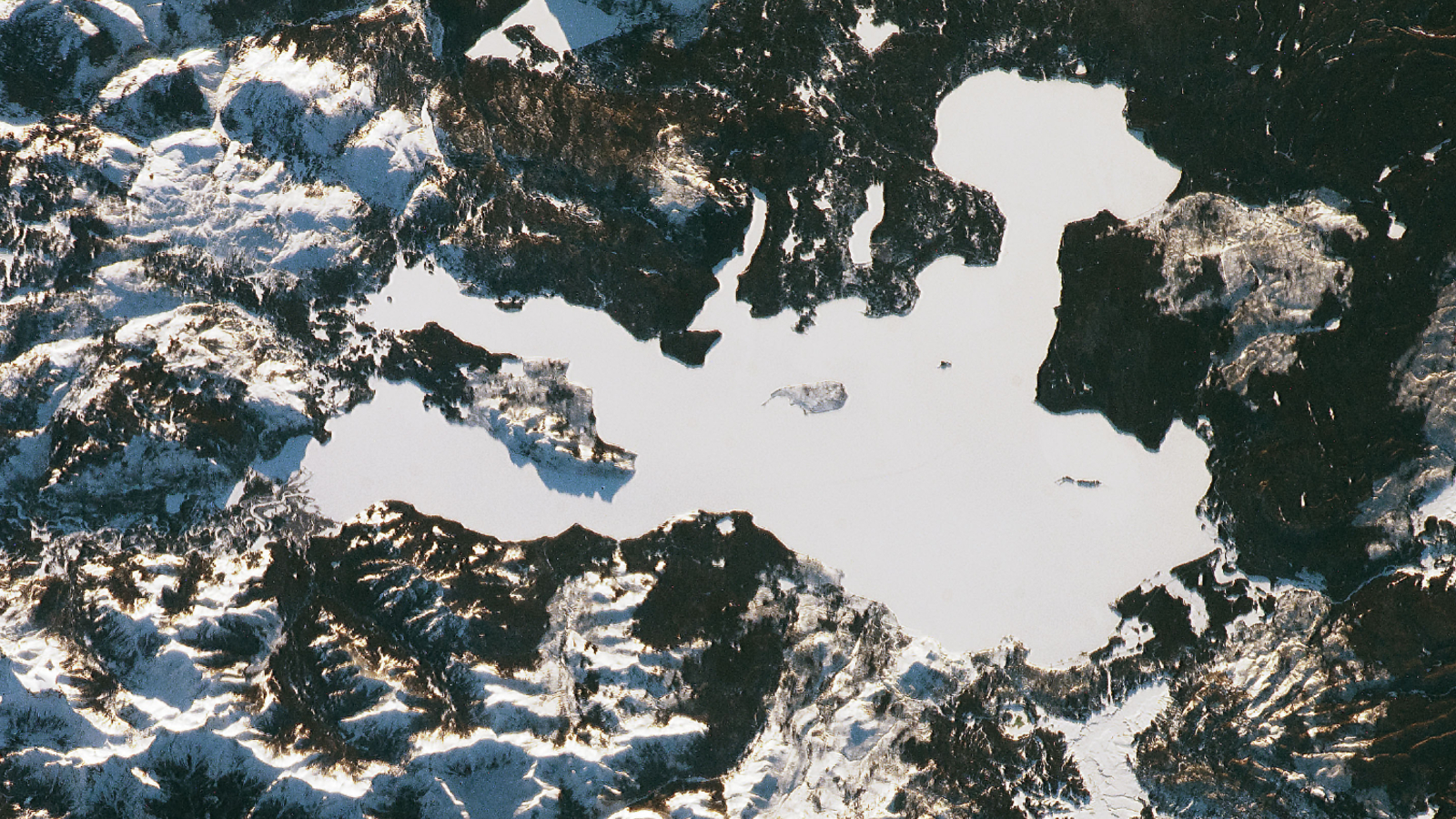Japan's Prime Minister Koizumi Surveys Earthquake Damage

NAGAOKA, Japan (AP) -- Prime Minister Junichiro Koizumi surveyed the earthquake damage in northern Japan on Tuesday, meeting people camped out in a high-school gymnasium after the nation's deadliest earthquakes in nearly a decade killed 31 people and injured as many as 2,900.
A chilly downpour and a 4.1-magnitude aftershock that rocked the area just before dawn hobbled relief efforts. The quake shook buildings and forced nearly 102,000 worried residents to stay inside shelters at school gymnasiums and public halls, where many have lived since Saturday evening's 6.8-magnitude earthquake.
The weekend quakes in rural Niigata, about 160 miles northwest of Tokyo, toppled houses, cracked roads and bridges and derailed a high speed train. On Tuesday, five more people, mostly elderly, died from strokes or cerebral hemorrhages attributed to their ordeals.
Much of the region was still without water, electricity or gas. After two days of shortages, food, water and blankets poured in from other parts of the country, authorities said.
Koizumi shook hands and briefly chatted with people camped out on the floor of a high-school gymnasium in Nagaoka, the largest city in the worst-hit area.
"The victims very much want us to help them return to their normal lives as soon as possible,'' Koizumi said. "I've again been made keenly aware of the need to put together response measures for both the national and local governments."
Asked if he would be willing to issue bonds to pay for reconstruction costs, he said he would ''take measures for necessary funds'' but avoided discussing specifics.
Get the world’s most fascinating discoveries delivered straight to your inbox.
With the rain falling on Niigata forecast to last through Wednesday and roads ruined or jammed with traffic, relief workers and troops in helicopters and cars were struggling to get emergency goods to isolated hamlets and overcrowded evacuation centers. Nighttime temperatures were expected to be near freezing.
"Our next concern is how to deal with the situation if the problem is prolonged, especially as the weather turns colder," said Toshiyuki Oka, a Niigata official in charge of relief.
The death toll rose as elderly survivors succumbed to stress, a Niigata police official said.
A 91-year-old man died from post-traumatic shock at a hospital in Koide, Niigata prefectural police spokesman Yoshitaka Yamakami said.
Police also reported that an 81-year-old Ojiya man died at a hospital after suffering a stroke. Two other people had cerebral hemorrhages.
Since Saturday's initial earthquake, more than 400 aftershocks have shaken the region, and Japan's Meteorological Agency warned of the possibility of more strong quakes and landslides in areas where soil had been loosened by the tremors and rain.
In Nagaoka, residents left homeless were living in their cars at parking lots and in tents at neighborhood parks. Long lines of cars formed at the few gasoline pumps operating, public broadcaster NHK said.
To help people left homeless by the quakes, Niigata officials were considering a plan to build temporary houses, government spokesman Ryo Maruyama said.
About 2,900 people were reported injured, but most had been treated and released by Monday. Doctors and medical workers traveled to evacuation centers to check on the sick and elderly on Tuesday, NHK said.
Saturday's quake was the worst to hit Japan since 1995, when more than 6,000 people were killed by a 7.2-magnitude temblor in and around the port city of Kobe.
On Monday, U.S. Ambassador to Japan Howard Baker pledged $50,000 in aid.
As of Tuesday morning, more than 34,000 households were without electricity, according to Tohoku Electric Power Co.


